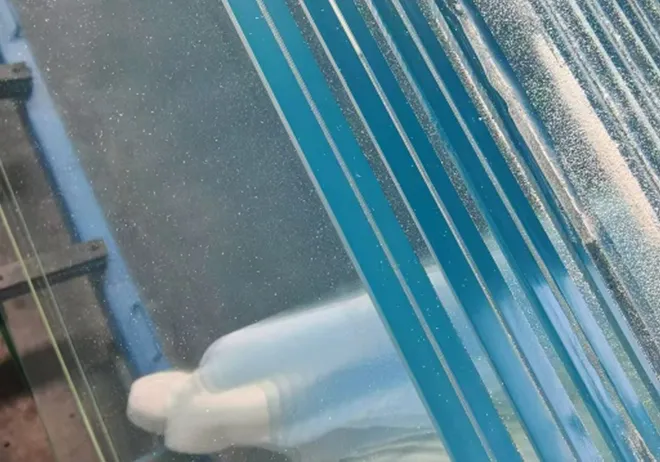Dec . 26, 2024 05:59 Back to list
High-Quality Aluminum Mirror Sheets for Versatile Reflective Applications and Designs
The Rise of Aluminium Mirror Sheets A Versatile Material for Modern Applications
In contemporary design and manufacturing, Aluminium mirror sheets have emerged as a prominent material due to their unique properties and versatile applications. These sheets, known for their reflective quality, offer a balance of functionality, aesthetic appeal, and lightweight characteristics that make them suitable for a wide variety of industries.
Aluminium itself is a remarkable metal, well-regarded for its low density, corrosion resistance, and high strength-to-weight ratio. When transformed into a mirror sheet, these inherent properties are further enhanced, providing an exceptional surface that reflects light effectively. The production process typically involves a thin layer of aluminium being deposited onto a substrate that can withstand the material's specific properties, resulting in a brilliant finish that rivals traditional glass mirrors.
One of the most significant advantages of aluminium mirror sheets is their lightweight nature. Compared to glass mirrors, aluminium sheets are not only easier to handle but also significantly reduce the overall weight of products, making them ideal for applications in sectors where weight is a critical factor. For example, in the automotive industry, using lightweight materials like aluminium helps in enhancing fuel efficiency, leading to decreased emissions and improved performance.
Aluminium mirror sheets are also highly durable, resistant to shattering and impact damage. This quality makes them suitable for various applications, from decorative uses in interior design to functional uses in commercial and industrial settings. In environments where glass may pose a safety risk, such as in public spaces or automotive applications, aluminium mirror sheets provide a safer alternative without compromising on aesthetics.
aluminium mirror sheet

In architecture, aluminium mirror sheets are incorporated into modern building facades and interior designs, contributing to a sleek, contemporary look. The reflective surface can create the illusion of space and light, enhancing the overall ambiance of a room or outdoor area. Designers often use these materials in conjunction with other elements, such as wood or stone, to create striking contrasts that are visually appealing.
Moreover, aluminium mirror sheets are also employed in the manufacturing of reflective surfaces for solar applications. Their high reflectivity makes them suitable for concentrating solar power systems, where the objective is to reflect sunlight onto a small area to generate heat. This innovative use of materials, driven by the rising demand for renewable energy solutions, showcases the versatility of aluminium mirror sheets in addressing environmental concerns.
In addition to these practical applications, the manufacturing process of aluminium mirror sheets is relatively eco-friendly. Aluminium is entirely recyclable, making it an appealing choice for companies looking to improve their sustainability profile. The recycling process of aluminium requires significantly less energy compared to the production of new aluminium, reducing the overall carbon footprint associated with manufacturing.
As industries continue to evolve and the demand for innovative materials grows, aluminium mirror sheets are likely to play a pivotal role in various sectors. Their lightweight, durable, and reflective properties make them an attractive option for designers and manufacturers alike. Whether in architecture, automotive design, or renewable energy solutions, the future of aluminium mirror sheets seems bright.
In conclusion, aluminium mirror sheets are more than just reflective materials—they embody a fusion of functionality, aesthetics, and sustainability. Their diverse applications and inherent advantages position them as a key material in the modern world, supporting innovation and efficiency across multiple industries. As technology advances and environmental considerations take precedence, aluminium mirror sheets are bound to remain at the forefront of material choice for designers and engineers.
-
Safety and Style with Premium Laminated Glass Solutions
NewsJun.24,2025
-
Reinvents Security with Premium Wired Glass
NewsJun.24,2025
-
Premium Float Glass Line for Modern Architecture
NewsJun.24,2025
-
Low Emissivity Glass for Energy-Efficient Architecture
NewsJun.24,2025
-
High-Performance Insulated Glass Solutions for Modern Architecture
NewsJun.24,2025
-
Elevates Interior Style with Premium Silver Mirror
NewsJun.24,2025
Related PRODUCTS














